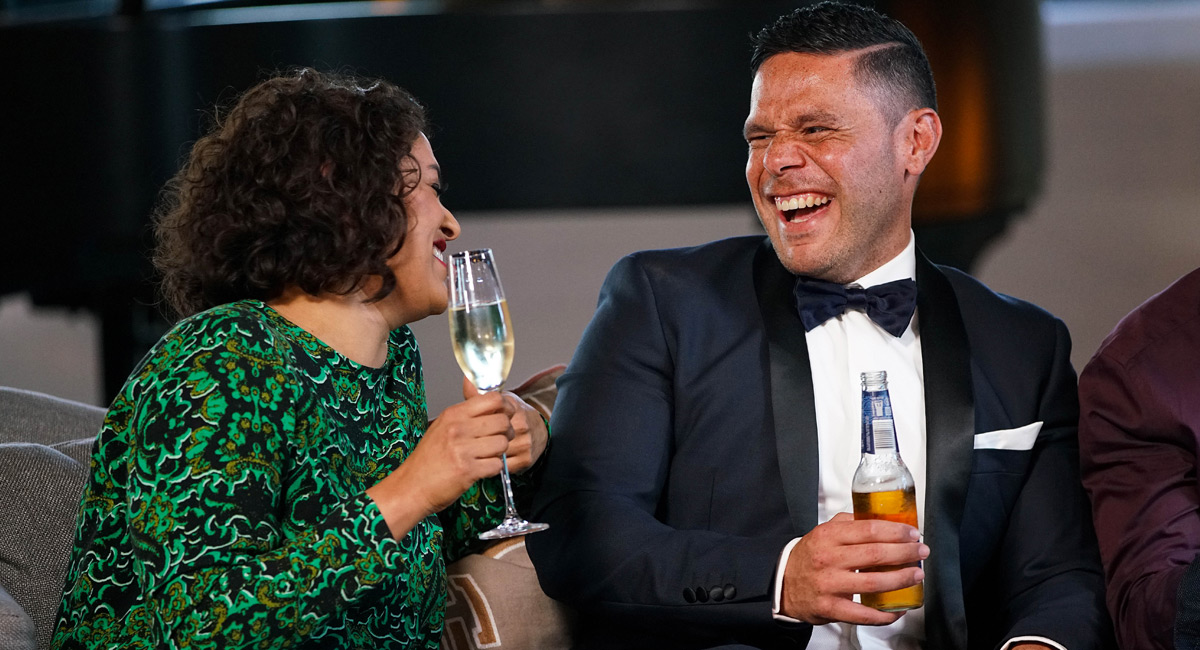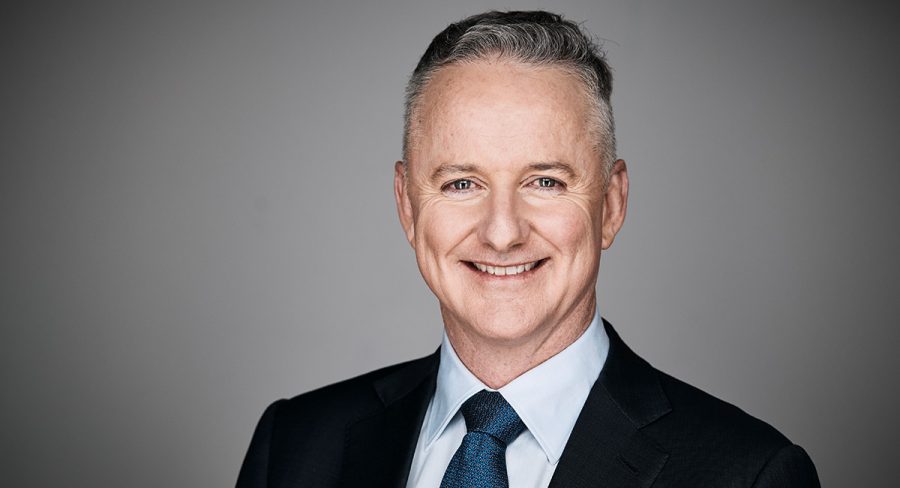It was a good day at Nine Entertainment Co when the six-months results were released in the last week of February. Nine had taken some heat from Seven in the first fortnight of survey but Married At First Sight had turned the tables on My Kitchen Rules and Nine was looking forward to maybe a month of leadership before the Commonwealth Games begin.
If that happens, Nine will be enjoying leadership at a time of year where Seven has been dominant for close to a decade, thanks to MKR.
There were also smiles on faces in the investment community with signs of increased revenues from Nine’s digital properties as investors pushed the share price higher.
Mediaweek spoke to NEC chief executive Hugh Marks in his office at Nine’s Willoughby enclave, which will soon be replaced by a North Sydney office tower.
The analysts you spoke to seemed very happy with the Nine result.
People are starting to really understand the way we are changing our business to reflect the way that the market is changing. We see the results every day but, as those numbers start to come through in our results from our various divisions, people are starting to get the message.
That message is television is far from dead – it is just changing.
Is there still upside in terms of the market fully coming to grips with your improved performance?
Our performance was very strong and I think there is still upside. We will be held back a little bit in this half by the Winter Olympics and the Commonwealth Games, and Seven will be picking up some market share as a result of that investment. That is good news for us because as we move into 2019 that indicates there is even more growth potential for us.
I want to get away from that analysis that our share of the traditional FTA market is the only metric we are judged on.
The fact is we are setting up this business to play beyond the $3b TV market to play in the $6b video market and the $15b marketing sector. Using our different platforms to attract advertisers will let us play in a much bigger market.
Our revenue result is partly driven by our ratings success but also partly driven by the fact we have become a lot more innovative in the way we approach the market, talk to advertisers and actually deliver them results.
What is helping drive 9Now audiences and revenue?
We have a very successful show called Married At First Sight and that show is now averaging about 200,000 viewers [on 9Now], which is close to 15% or 20% of our overnight audience, and that is a big number. It is growing so quickly that the demand for on-demand advertising hasn’t yet caught up. That is an example of where there will be more growth in the future.

Nine’s Married At First Longer
Controlling the content across different platforms seems to remain a key part of your strategy.
It does. The big entertainment shows stand out and we have Talking Married on 9life and content from the show across digital properties.
What you will also see increasingly from us is our news and current affairs and sports business taking that journey as well.
Everything in this business is changing, people are consuming more content, but doing it differently. We have to meet that change and make sure we monetise it with our advertising partners.
Can you keep the growth arc for Nine Digital on the same trajectory?
The growth is also being made without the big chunk of money we made from our Microsoft relationship in the previous year that we didn’t have this year, which makes the underlying growth much more significant. That remains a real focus for us and we have some great people creating some great content for that platform, and making it work across all our platforms is the opportunity for us.
We see Seven experimenting with a subscription model for 7plus. Have you looked at anything similar for 9Now?
Our subscription play is in Stan and that is working. When it comes to the rest of the business, what we are focused on is ensuring we create and provide the best premium advertising opportunity for brands that want to build their brand using the power of our content. To take that content and put it behind a subscription wall doesn’t make sense for us outside of the Stan model.
Is there more upside for “premium ad revenue” that escapes the time constraints placed on traditional advertising?
One of the things for us in the growth of that is we are starting to experiment with things on different platforms. Love Island this year won’t be on Nine, it will be on 9Go! and that opens up the range of advertisers that can participate in that premium opportunity. We don’t just want to be offering advertising opportunities to the top 100 advertisers all the time – we want to be selling to a much broader group of people.
How far is there to go in cricket rights negotiations?
There is still a bit to go. We are in discussions and we remain positive about the future of cricket and we think it has done a great job as a sports organisation. We feel confident we are in a very strong position to retain the rights we already have. How we can play more broadly in cricket remains to be seen.
Does the ratings performance of Nine after the departure of Lisa Wilkinson say much about the Nine brand?
Part of the job for me and the executive team is understanding what is important in driving those ratings. The Today show is now winning some days against Sunrise so its performance is growing. The relationship between hosts Georgie and Karl is developing and growing and it is nice to be able to watch that on air. Just a little bit of new energy and innovation is something we have to be doing all the time for our audience.
